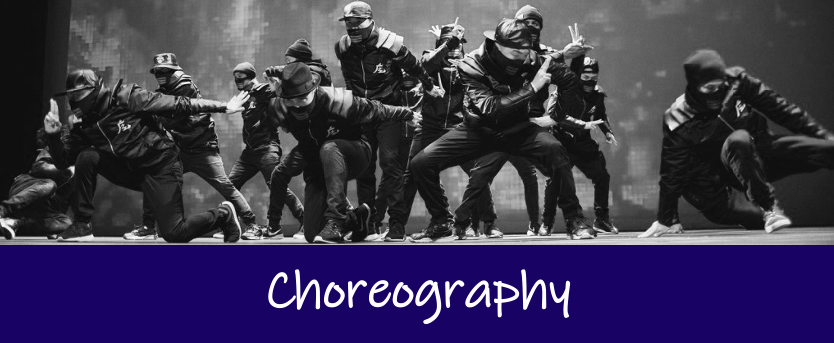
A dance style, like breaking, popping or locking will have its own history, vocabulary, and culture. Choreography is simply inspired by any or multiple styles, and packaged into a choreographed routine. This routine may be for performance, competition or commercial purposes. So, choreography is not a style in itself, but it commonly blends different styles together.
Urban Dance
In the past two decades, dancers in the U.S. started calling this fusion of street styles ‘urban dance’, and so did we. The urban dance scene began with colleges forming teams of dancers, training a routine, and then showcase and competing at events. This gave rise to some of the massive crews and dance companies we see in the U.S. today.
The key is that not every urban dance team has the same style, as ‘urban’ is not a style. Instead, each team has curated their own unique vibe. For example, the Kinjaz are known for their smooth approach, with their signature nod to East Asian cultures. By contrast, GRV does hard hitting hip hop choreography, and The Brotherhood Crew puts a humorous spin on litefeet moves. And still, all of these are very different from Keone and Mari’s intricate, precise, yet emotive flare.
This wave of packaging street styles into choreographies for shows and competitions is not solely an American phenomenon. Other crews will compete worldwide as well.
However, the name has always had controversial racial undertones. It seemed that whatever African Americans did in the art space was automatically labelled ‘urban’, as the term in the U.S. originated from ethnic minorities living in ‘urban’ areas. This ill-defined umbrella term made it hard to see the diversity and nuances in all these artworks. As a result, in the wake of the Black Lives Matter movement, respected figures in the ‘urban dance’ community have declared that they will not be using the term ‘urban’ any longer. So far, other names such as ‘choreography’ or ‘open-style’ have been deliberated as replacements. Currently, the community is in the works of defining and re-conceptualising this form of dance for the better.
Commercial Hip Hop
Now this is where labels get tricky, because some dancers don’t think this is a legit form of hip hop. This is the type of choreography (again inspired by street styles) that you see in music videos, at concerts with backup dancers, on TV and in advertisements. It has a huge influence on mainstream media and the image the public sees of dance.
It’s very hard to define what form of dance choreography is, and the community has a hard time explaining it themselves- so why not just show you what it looks like!